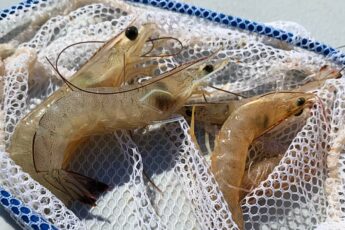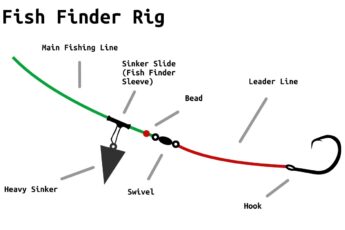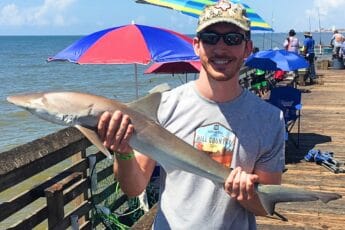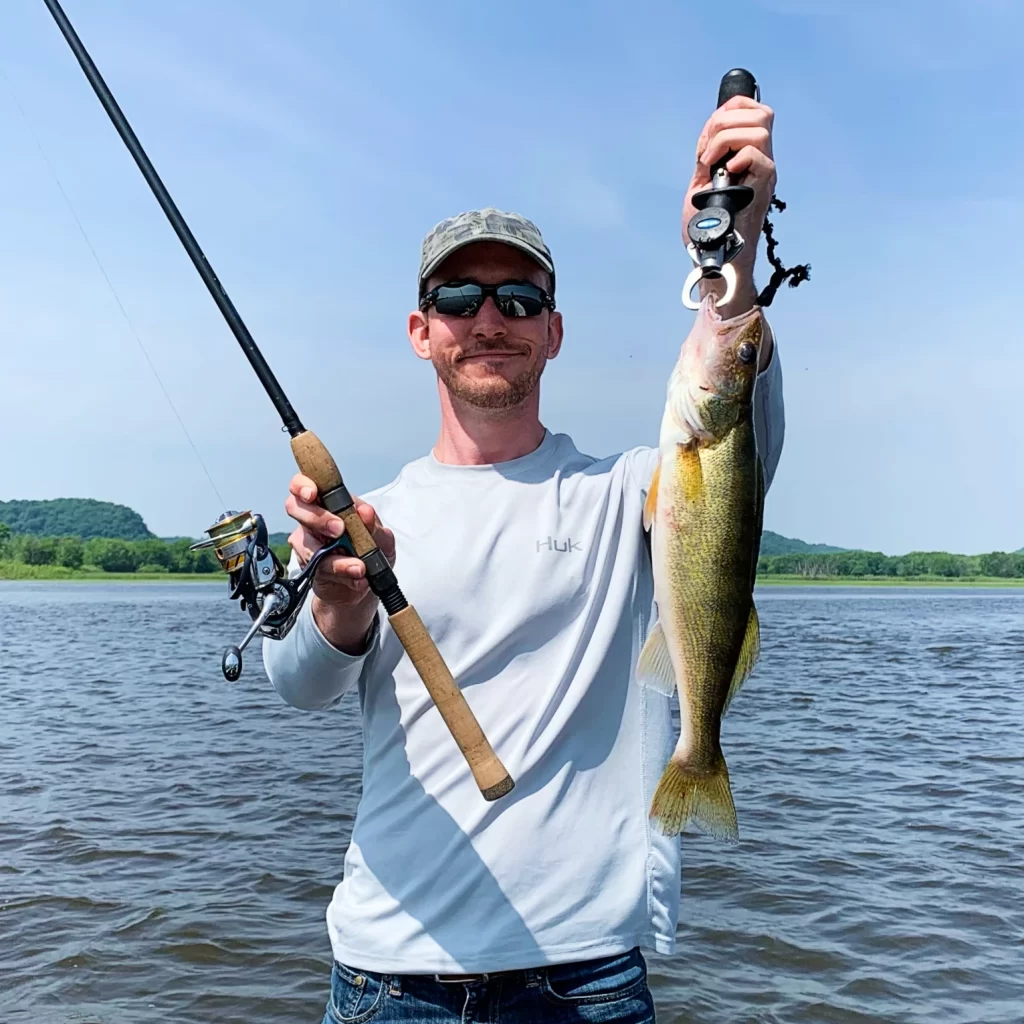
Published October 13, 2023.
Walleye fishing includes a huge range of techniques. The effectiveness of these techniques varies based on factors like water clarity, depth, time of year, and weather conditions. Read on to see our best walleye fishing techniques learned over years of targeting walleye for all kinds of fishing conditions!
The Juran Clan has caught hundreds of walleye over the past twenty years utilizing these techniques. Check out some of our data-supported favorite walleye fishing spots in Wisconsin.
For other walleye tips and tricks, check out our comprehensive guide on walleye fishing for beginners.
*Disclosure: I only recommend products I would use myself and all opinions expressed here are my own. This post may contain affiliate links that at no additional cost to you, I may earn a small commission.
Table of Contents
5 Best Walleye Fishing Techniques
Effective walleye techniques use everything from live bait to deep diving crankbaits. Picking the right technique depends on assessing water depth, weather conditions, and factors like predominant bait in the area.
Jigging
In our opinion, jigging is the most versatile technique for walleye fishing. Jigs are simply a hook with a weighted head that are fished with live bait like nightcrawlers, leeches, or minnows, or artificial soft plastics like curly tailed grubs.
We use jig heads to fan cast over underwater structure on lakes and for fishing with the current on rivers. We especially like drifting with the current over depth changes between four and twelve feet water depth. We keep our line vertical with the jig ticking along the bottom which is also known as jigging. The walleye like to stack up on these depth changes waiting for bait.
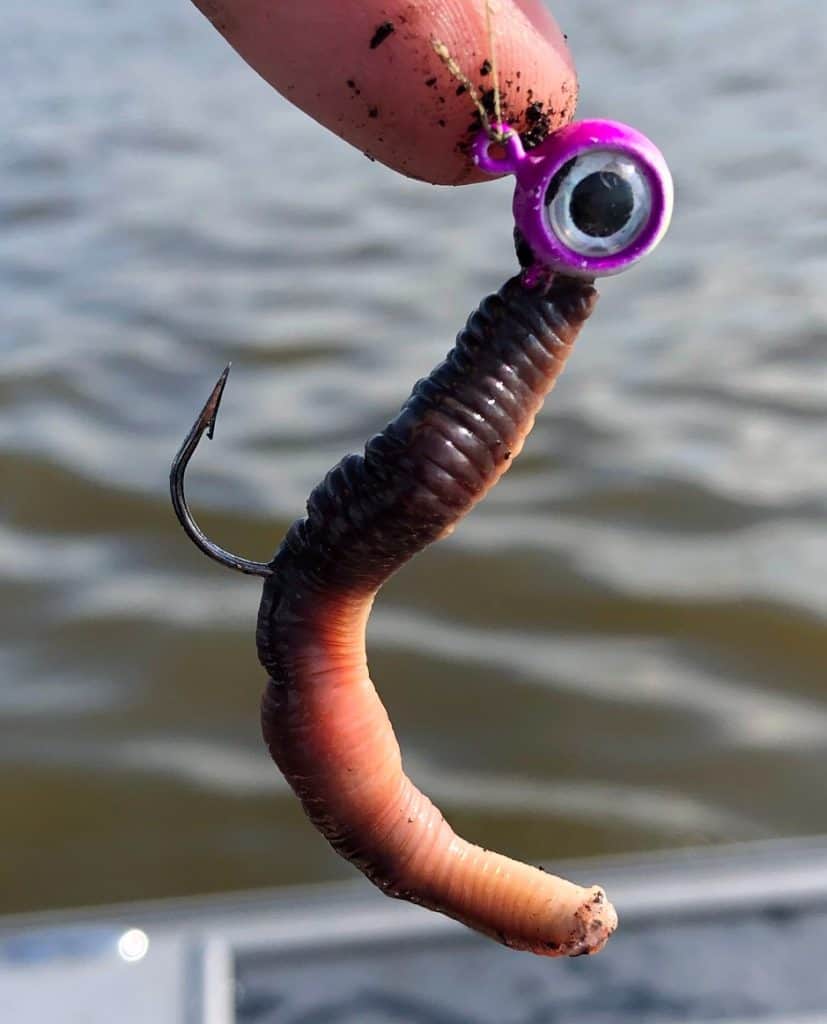
Pro Tip: Take note of how we rigged our bait in the above picture. Many new anglers put a big ball of nightcrawler on a jig head and call it good. We’ve found that sliding the bait up the shank of the jig head and having a tail that can wiggle in the water will entice many more strikes than a bundled up nightcrawler. It’s also important to have the hook barb exposed so it can more consistently hook up with a walleye.
For static conditions, cast out and ‘jig’ the bait off the bottom by lifting up on your rod to bounce the jig across the bottom. Check out our article on jig fishing for a deeper dive on this effective walleye technique.
Pick the lightest weight jig head that consistently gets your bait to the bottom. The heavier the jig, the less naturally your bait will move in the water. Walleye bites can be finnicky so use the lightest jig head that works for the wind, waves, and water depth of your target area.
Jigging is difficult if bottom conditions have a ton of snags and newer anglers may struggle to differentiate a light walleye bite from bottom structure.
Slip Bobbers
Slip bobbers are a method to present live bait at specific depths using an adjustable float. They are the preferred live bait technique in snaggy bottom conditions.
Slip bobbers allow near-perfect depth control. We’ve found that setting the bait depth to four to six inches off bottom entices hungry walleye to strike (if they’re there that is!). Slip bobber rigs are super beginner friendly because the bait doesn’t have to get in contact with potential snags on the bottom.
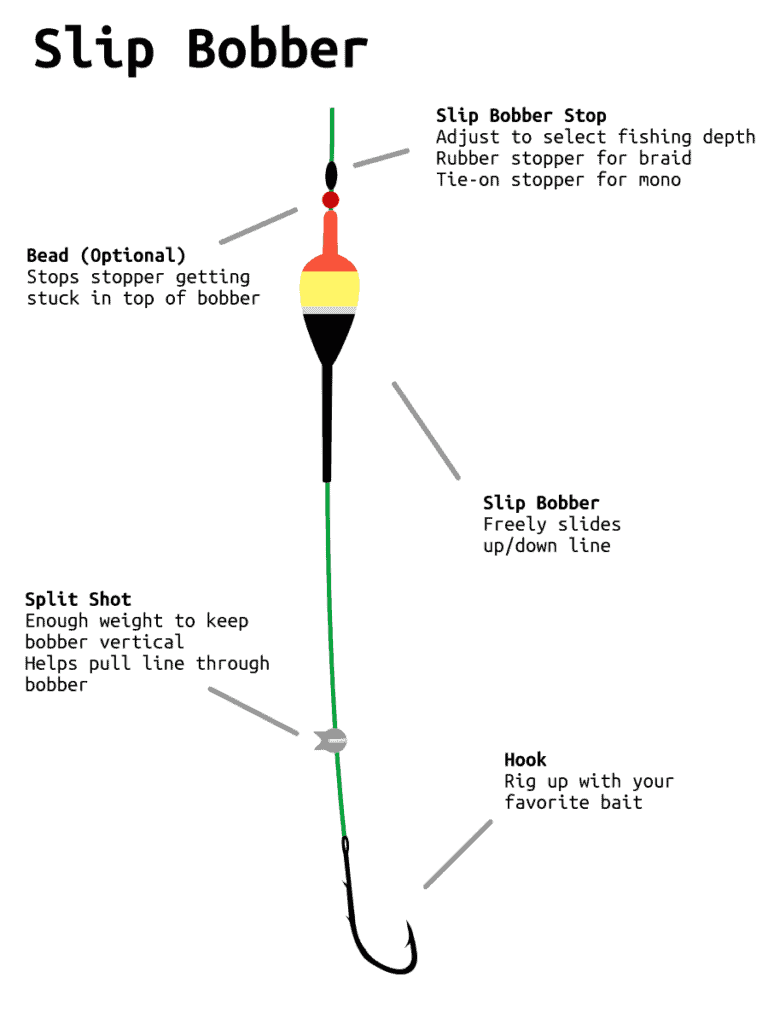
When using slip bobbers to target walleye, you will also frequently pick up other panfish like yellow perch or rock bass. For years, we would spend summers in northern Wisconsin fishing slip bobbers on our favorite walleye honey holes. We had multiple spots on Butternut Lake that were rock piles in 6 to 10 feet of water that seemed to hold walleye at all times of the day.
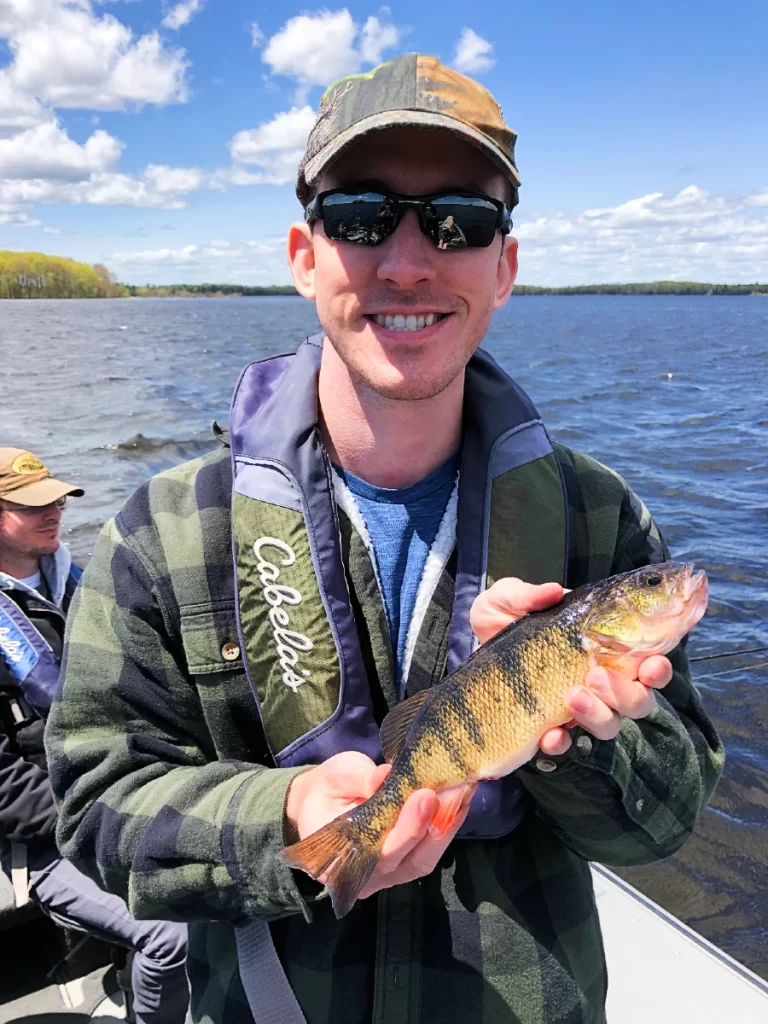
Check out our article on slip bobbers for a deeper dive on how to use this rig to catch walleye.
Crankbaits
Crankbait fishing for walleyes involves repeatedly casting and retrieving artificial baits. Crankbaits shake and vibrate in the water to mimic baitfish. These baits may have a bill on the front of varying sizes that affects how deep the lure dives in the water column.
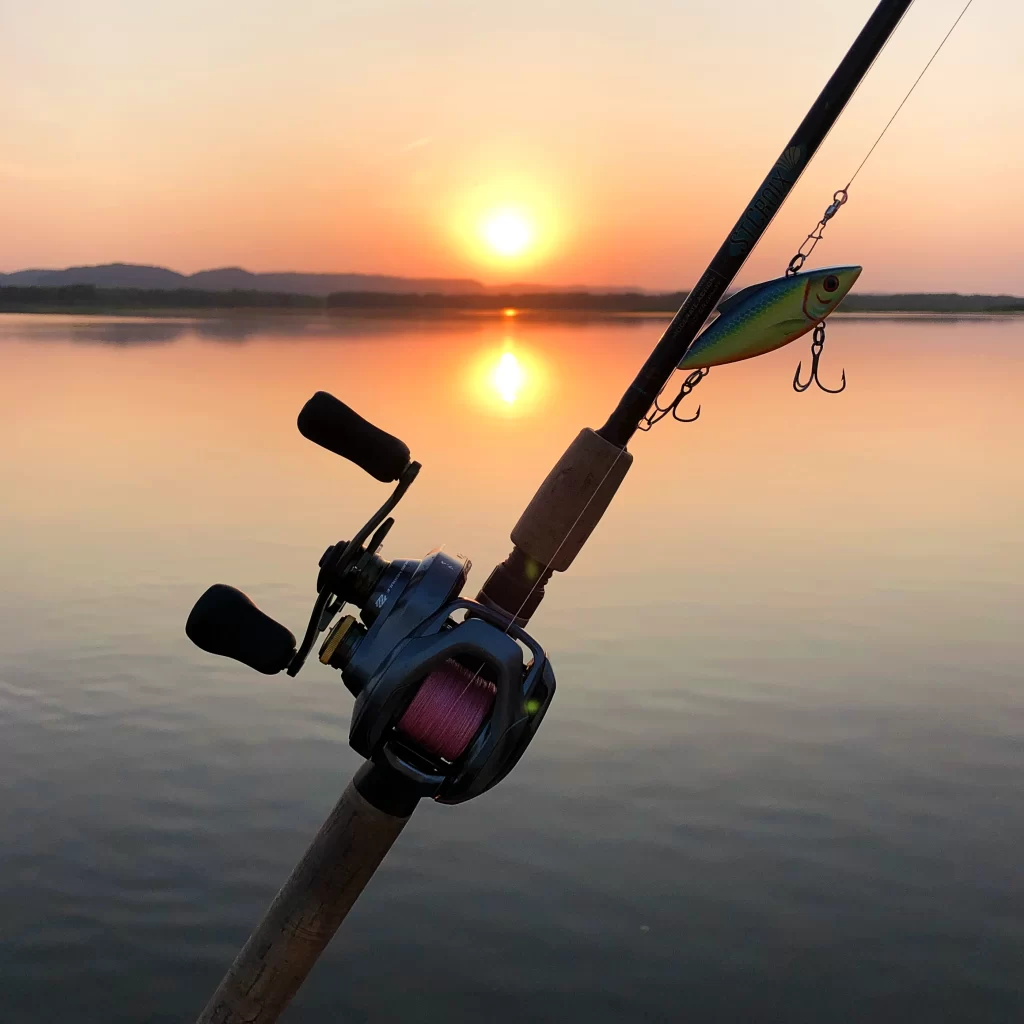
A major advantage of casting crankbaits for walleye is how much water anglers can cover. Cast fishing allows great mobility to seek out areas that may hold walleye when compared to techniques like slip bobber fishing where it is more difficult to move.
We’ve had incredible success fishing lipless crankbaits sand flats in four feet of water near drop-offs for feeding walleye. The key was flowing water near deeper water with bait around. Mama Juran and Papa Juran had a memorable walleye trip in late summer 2023 where they caught 5 keeper walleye all around 18 inches long in less than an hour on one stretch of shallow sand flat on the Mississippi River.
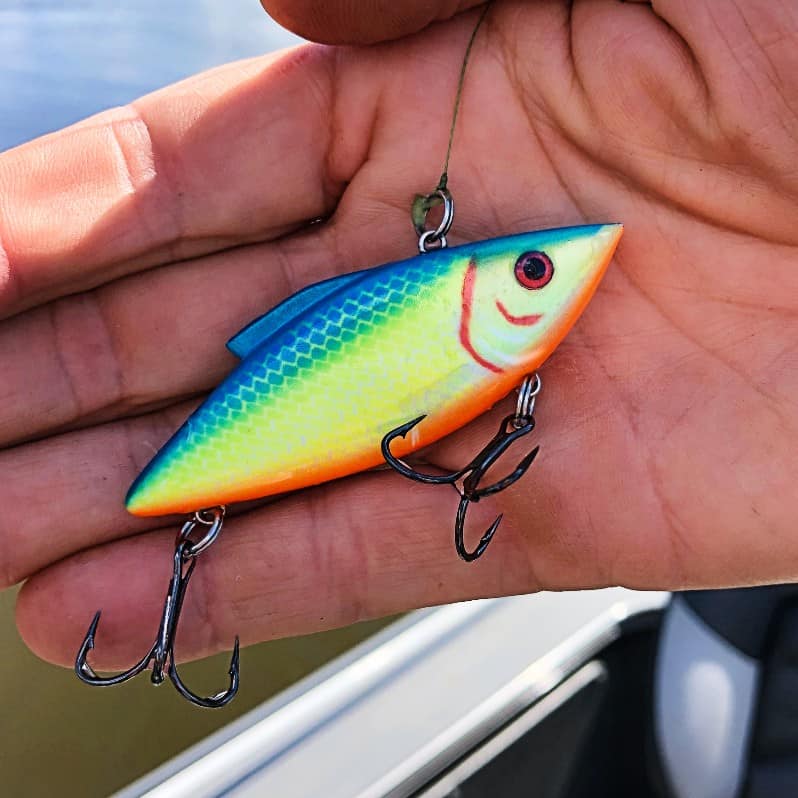
A fun part of targeting walleye with casting setups is you’re likely to pick up northern pike or largemouth bass which are both incredibly fun to catch.
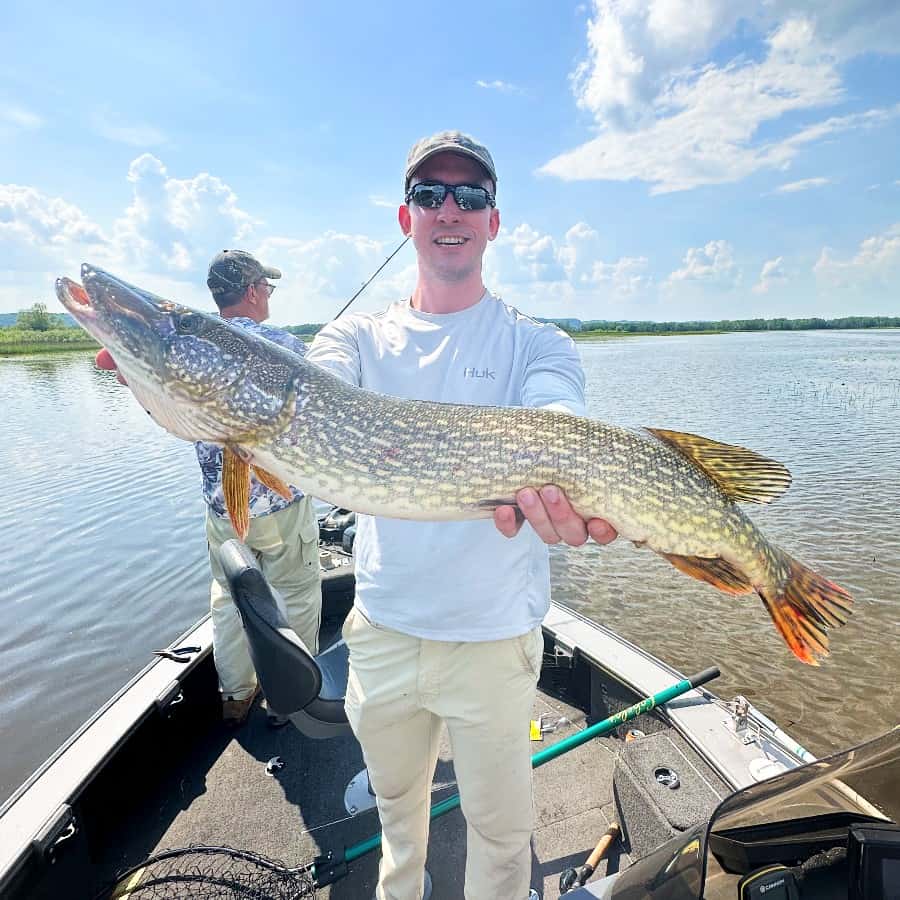
We may have been targeting walleye, but who’s going to complain about catching a huge pike!
Casting Soft Plastics
Another great technique for targeting walleye is casting soft plastics like curly tailed grubs or paddletail swimbaits.
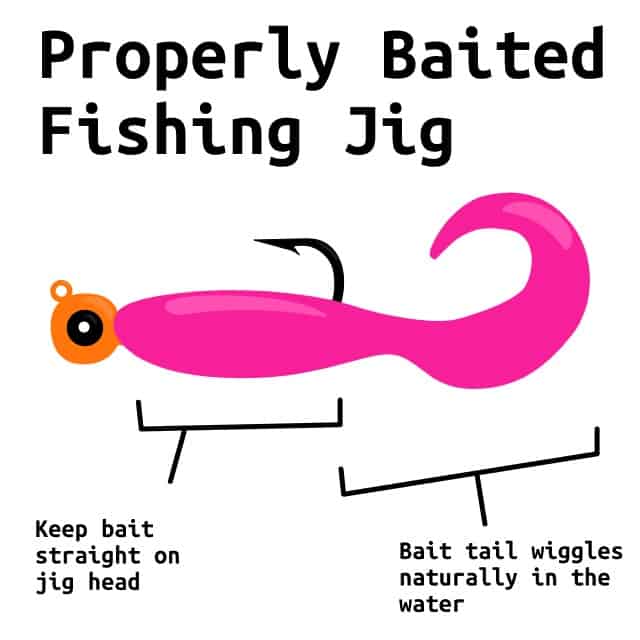
Similar to crankbaits, these baits are cast out to weed lines, over gravel flats, or drop offs to cover water and find feeding walleye. A big advantage of casting soft plastics is how much water you can cover in a short amount of time. Not every weed line has feeding walleye around it, but cast enough times and eventually you will find a big walleye!
Soft plastics are usually better in shallow water because anglers can better control the bait presentation. Our preference is to use the baits in the spring when walleye are up shallow for the spawn or in the dawn or dusk hours when walleye may be feeding shallower.
Trolling
Trolling for walleye refers to pulling a bait or lure behind a slow moving boat. This is a popular technique for targeting walleye. The primary baits used for trolling are crankbaits, spinner rigs (harnesses), stickbaits, spoons, and soft plastic lures.
- Crankbaits: These are hard-bodied lures designed to mimic baitfish. They come in various sizes, shapes, and colors, each diving to a specific depth based on their design. Popular models for walleye include the Rapala Deep Husky Jerk, Berkley Flicker Shad, and the Bandit Walleye Deep.
- Spinner Rigs (or Harnesses): These typically consist of a series of beads, one or more spinner blades, and a hook or series of hooks. They can be trolled behind a weight or bottom bouncer to keep them near the lakebed. Often, a live bait like a nightcrawler or a minnow is added to the hook.
- Stickbaits: These are slender, hard-bodied lures that have a tight wiggling action when trolled. Examples include the Rapala Original Floater and Smithwick Rogues.
- Trolling Spoons: These are metal spoons that produce a fluttering action when trolled. While more common for trout and salmon, certain lighter and slimmer designs can be effective for walleye, especially if they are feeding on small baitfish.
- Soft Plastic Lures: While not as common as other trolling baits, soft plastics like swimbaits or large worms can be trolled behind a weight or diver.
We’ve had great success using shallow diving crankbaits on Chequamegon Bay of Lake superior trolling over shallow structure.
Check out our articles on the best trolling reels and best trolling rods for great options on a day out trolling for walleye!
Essential Gear for Walleye Fishing
In order to successfully catch walleye, anglers must have the right gear. All angler fishing kits start with a rod and reel but there are other considerations like line or accessories.
Best Walleye Rods
For jigging and casting, sensitivity is the most important factor in picking a walleye rod. This is because it’s important to feel the bottom and the slightest changes in weight that could be a soft walleye bite. Our favorite walleye rod for jigging and casting is a 7 foot, medium-light to medium power rod with a fast action. Pick a spinning setup for live bait rigs and a spinning or baitcasting setup for casting setups.
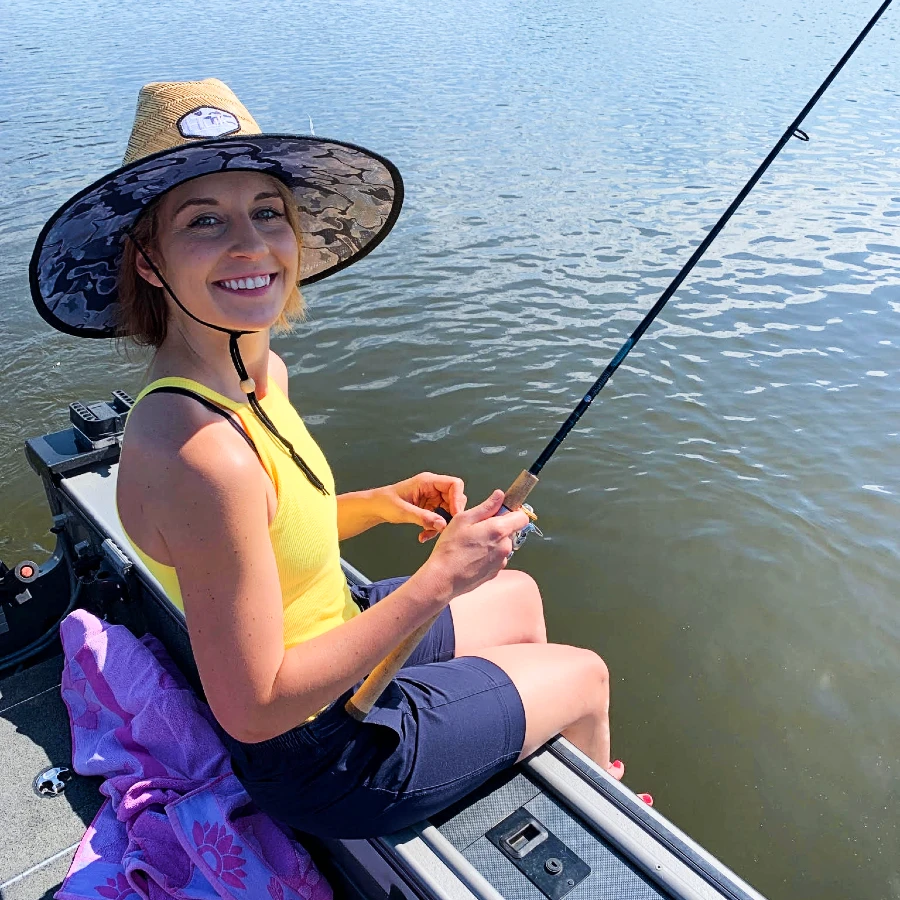
For trolling rigs, we recommend going with composite blank rods because they can handle the stresses of trolling better than purely graphite rods.
Want to explore great rod choices for walleye fishing? Check out our article on the best walleye rods for a deep dive on how to pick the right walleye rod for jigging, casting, or trolling.
Best Walleye Reels
Walleye reels need to match the type of rod. Most walleye techniques are best with a spinning reel around 3000 size, but for casting setups it is common to swap to a baitcasting reel. Pick a reel that has a smooth action so you can focus on fishing instead of fighting your equipment.
Want to explore great reel choices for walleye fishing? Check out our article on the best walleye reels for a deep dive on how to pick a reel to match your desired walleye fishing technique.
Best Walleye Line
The right line for walleye fishing depends on the fishing technique. For jigging and casting we recommend braided line between 8 and 15 pound rating. This light line allows baits to get to appropriate depths while still having enough strength to handle a large walleye.
For trolling, it depends on the bait. Common lines for trolling are between 10 and 20 pound rated. Heavier, deeper diving baits require stronger line than lighter baits.
Conclusion
Even after a combined 100 plus years of angling, the Juran Clan feels like we still have more to learn about the elusive walleye. We’ve keyed into many effective techniques that keep our freezer well stocked with walleye fillets but we still feel like we learn something new every time we get out on the water. Hopefully our knowledge and experience on where to find walleye and how to target them was helpful!
What are you waiting for? Get out there and catch some walleye!
Check out our related articles to round out your walleye fishing knowledge:
- Walleye Fishing Equipment
- Best Walleye Fishing in Wisconsin
- Beginner Guide on How to Catch Walleye
- Walleye Fishing Techniques
- How-To: Fillet Fish
Frequently Asked Questions
- When is the best time of year to fish for walleye?
- Answer: While walleye can be caught year-round, many anglers find spring and fall to be the most productive seasons. During these times, walleye often move to shallower waters, making them more accessible and easier to target. You might need a warm jacket!
- Do walleye prefer live bait or artificial lures?
- We tend to have better success with live bait but both live bait and artificial lures can be effective for walleye fishing. The choice often depends on the specific technique being used, water conditions, and angler preference.
- How deep should I fish for walleye?
- The depth for walleye fishing can vary based on time of year, water clarity, and weather conditions. However, they are often found in depths ranging from 4 to 30 feet.
- Why is jigging considered an effective technique for walleye fishing?
- Jigging is versatile and allows anglers to present bait at various depths, mimicking the natural movement of prey. It can be particularly effective in areas with underwater structures where walleye like to hide.
- Are there any specific colors of lures that work best for walleye?
- Answer: While walleye aren’t particularly color-specific, we have the most success using natural baitfish colors like silver, white, green, and earth tones. Also, we’ve had multiple walleye guides recommend purple as the best color for walleye fishing.
- Is night fishing effective for catching walleye?
- Yes, walleye are known to be more active during dawn, dusk, and nighttime hours. Their large, light-sensitive eyes give them an advantage in low-light conditions.
- How do I differentiate a walleye bite from other fish or structures?
- Answer: Walleye bites can be subtle. Unlike aggressive strikes from other fish, a walleye bite may feel like a light tap tap or added weight. Pay attention and set the hook quickly!
- Can I fish for walleye from the shore?
- Yes! While boat fishing allows access to deeper waters and structures, shore anglers can still catch walleye, especially during their spawning season when they come closer to shore.
- What tackle and gear do I need to start walleye fishing?
- Essential gear includes a medium-light to medium rod, a suitable reel, line, and a variety of lures or live bait. Specific tackle varies depending on the technique being used.
- Are there any specific water conditions that are ideal for walleye fishing?
- Walleye often prefer clear to slightly stained waters. They can be found in both lakes and rivers, around structures like rock piles, drop-offs, and weed edges.
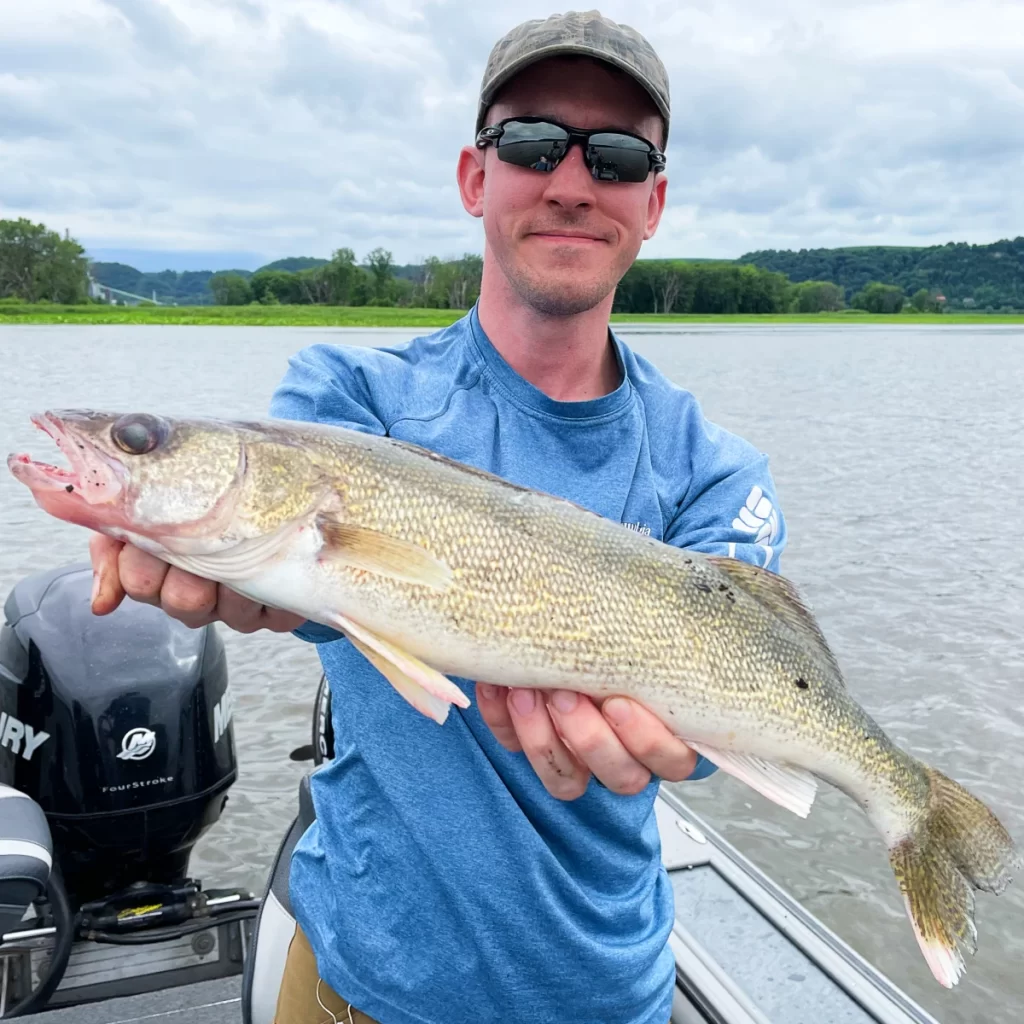
Written By: Andrew Juran
Andrew is a seasoned angler with over 25 years of experience specializing in walleye fishing on the Mississippi river and assorted lakes in northern Wisconsin. He has caught hundreds of walleye using various techniques and mentored many in the art of walleye fishing. An advocate for sustainable fishing, Andrew is an active member of the Coastal Conservation Association, an organization committed to marine conservation.
For frequent fishing tips, behind-the-scenes looks, and real-time catches, connect with Andrew on Instagram



